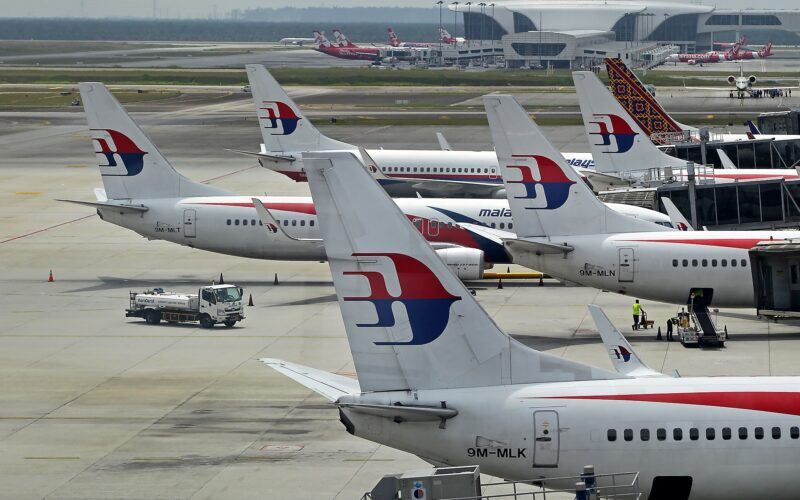
Researchers at Cardiff University have uncovered potential underwater acoustic signals that could be pivotal in resolving the enduring mystery of the missing Malaysian Airlines flight MH370. This plane vanished over the South China Sea on March 8, 2014, merely 38 minutes after taking off from Kuala Lumpur bound for Beijing. The disappearance of MH370 has led to extensive international search efforts and a flurry of theories regarding its fate over the past decade.
The team’s findings, published in the journal Scientific Reports, indicate that hydrophones—devices that record sound underwater—captured distinctive acoustic signatures during past airplane crashes. These sounds travel across vast oceanic distances, potentially providing clues about the MH370 crash site. The study analyzed over 100 hours of hydrophone data from ten airplane crashes and one submarine disappearance.
Dr. Usama Kadri, from Cardiff University’s School of Mathematics, emphasized the clarity of pressure signals detected by hydrophones from previous incidents, noting detections even at distances over 3,000 kilometers. For MH370, the last known communication positioned the aircraft near the 7th arc, a crucial search area less than 2,000 kilometers from the Cape Leeuwin hydroacoustic station in Australia.
Despite the strategic placement of these hydroacoustic stations, the initial searches detected only a weak signal within the proposed timeframe and location. Researchers suggest that further analysis and expanded search efforts are essential to understand the signals better and to refine search strategies.
The Cardiff team recommends monitoring nearby hydroacoustic stations and conducting field tests along the 7th arc, such as controlled explosions or airguns, to simulate conditions similar to those of MH370’s crash. This approach not only aids in pinpointing the aircraft’s location but also enhances hydroacoustic technology for future law enforcement use in identifying probable crash sites.
Such methodologies have previously been employed successfully in the search for the ARA San Juan, a submarine that vanished off the Argentine coast in 2017. The potential for these techniques to clarify the signals related to MH370 could significantly narrow the search area, increasing the likelihood of locating the aircraft if the signals are confirmed to be related to the flight.
While a definitive signal linking directly to MH370 has yet to be identified, the research holds promise. Following the recommended strategies could lead to breakthroughs that bring long-awaited answers to the families of those aboard and potentially close a painful chapter in aviation history.
Sources: AirGuide Business airguide.info, bing.com, interestingengineering.com







